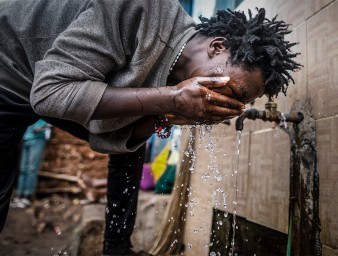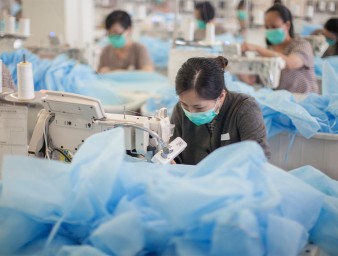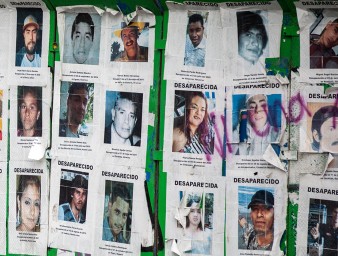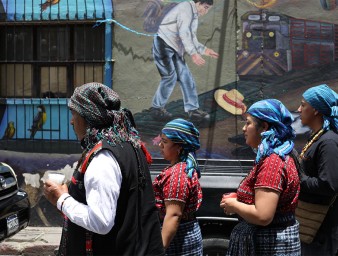In the aftermath of disasters children are at great risk
30 March 2012
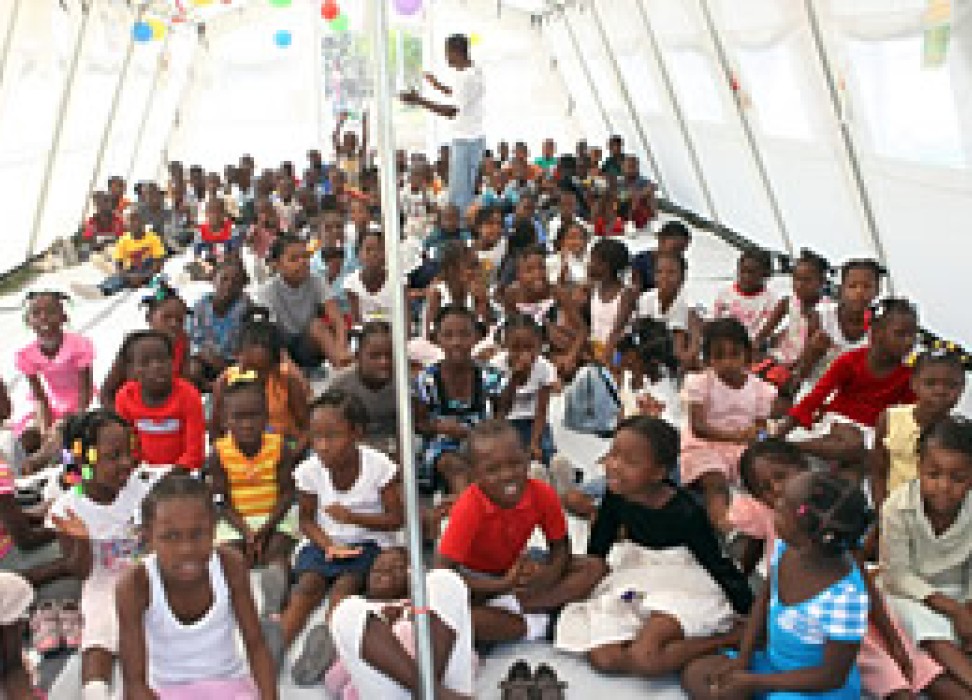
“Every year, an estimated 231 million people worldwide are affected by natural disasters and climate-related catastrophes; the majority being children,” says Najat Maalla M’jid, UN Special Rapporteur on the sale of children, child prostitution and child pornography.
“Extreme global weather conditions have a disproportionately negative impact on the world’s poorest and most vulnerable people… A huge proportion of those at risk are children, many of whom are living in low-income countries,” she says.
Planning ahead is the key to reducing the risks for children during crises caused by natural disasters, says M’jid. “States have the primary role in providing protection,” she says, “but international organizations and aid agencies must step up.” National and international cooperation are critical, especially when States lack capacity or resources, according to the latest report from the Special Rapporteur to the March 2012 session of the Human Rights Council.
After natural disasters, children are more vulnerable to sale, illegal adoption, forced labor or sexual exploitation, she says. Children may be removed from their communities by people illegally taking advantage of the chaotic situation, but also, says M’jid, by individuals with good intentions trying to ensure children’s safety.
After the January 2010 earthquake in Haiti, which left an estimated 500,000 children at heightened risk of abuse and exploitation, M’jid and other UN experts highlighted the dangers faced by children separated from their families. During the crisis in Haiti, the UN formed a “Child Protection Sub-Cluster” to ensure the protection of vulnerable and unaccompanied children. The cluster was welcomed by the UN experts as a vital initiative. According to the Children of Haiti report, published by UNICEF six months after the earthquake, cluster partners set up rapid registration programs and child-friendly spaces for children and adolescents, designed to provide safe environments and psychological support. Almost 90,000 children benefited from more than 300 centers in Haiti.
Initiatives like the “Child Protection Sub-Cluster” are crucial because, in the immediate aftermath of disasters, it is almost impossible accurately collect data and track the number of children who are “killed, traumatized, unaccompanied, separated from their families, orphaned, displaced or disappeared,” explains M’jid in her report.
Because of these difficulties she recommends several steps to shift the focus from “crisis response to preparation and planning.” These include the creation of safe spaces, short-term placement, and family tracing.
At a news conference following the release of her report, M’Jid called for States, international organizations, NGOs and private sector entities to establish standards for child protection, which must apply across the board during relief efforts. States and agencies should establish strong child registration systems and regularly share information to prevent family separation and illegal adoption.
The independent expert also warned that a “patent lack of funds” causes serious difficulties for child protection. “Massive investment from the international community” is needed at all stages of disasters.
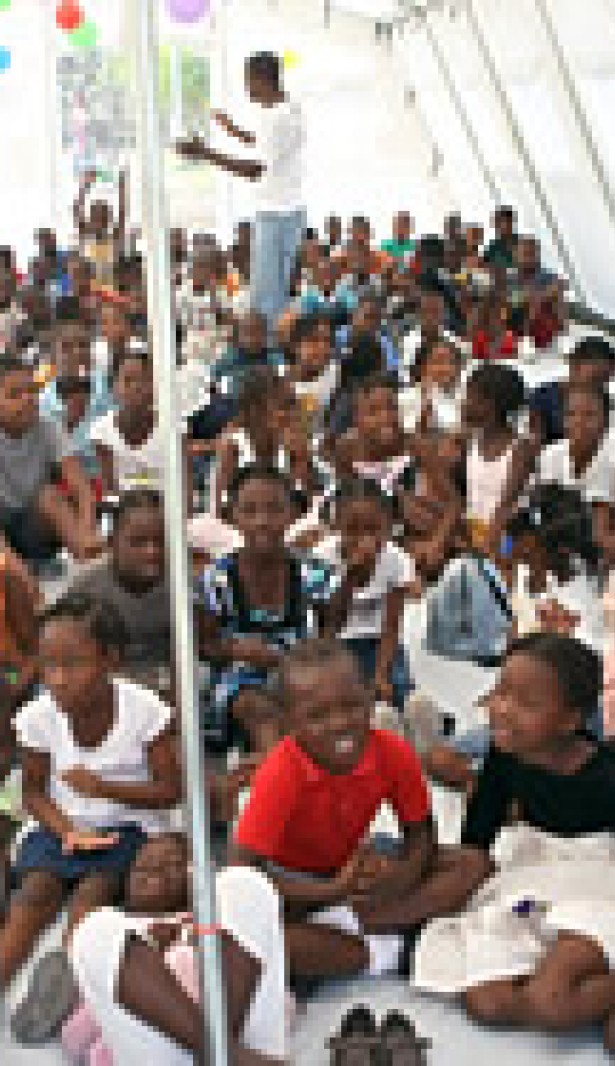
VIEW THIS PAGE IN:
